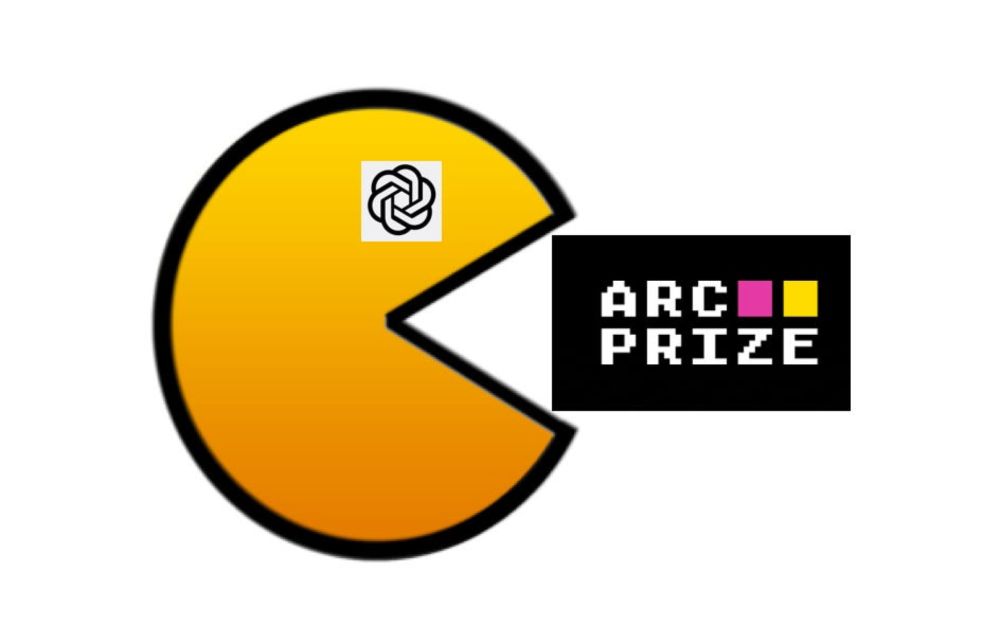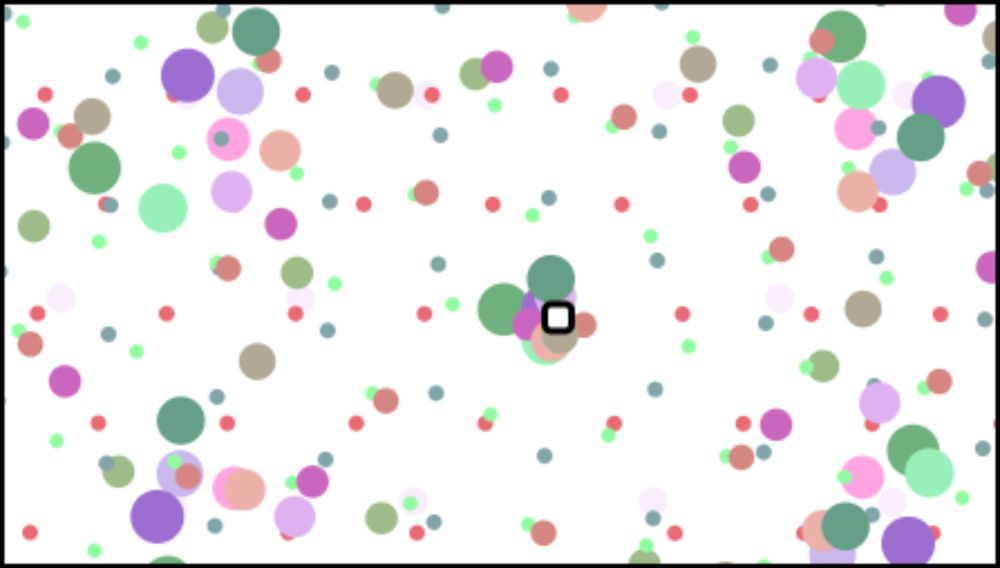I love open science! Not only is this absolutely brilliant work on how time and events are encoded in LEC, it is also a crazy rich dataset and it's just available to everyone! Thank you so much for sharing the recordings, I can't wait to play around with it!
27.06.2025 06:41 — 👍 4 🔁 1 💬 1 📌 0
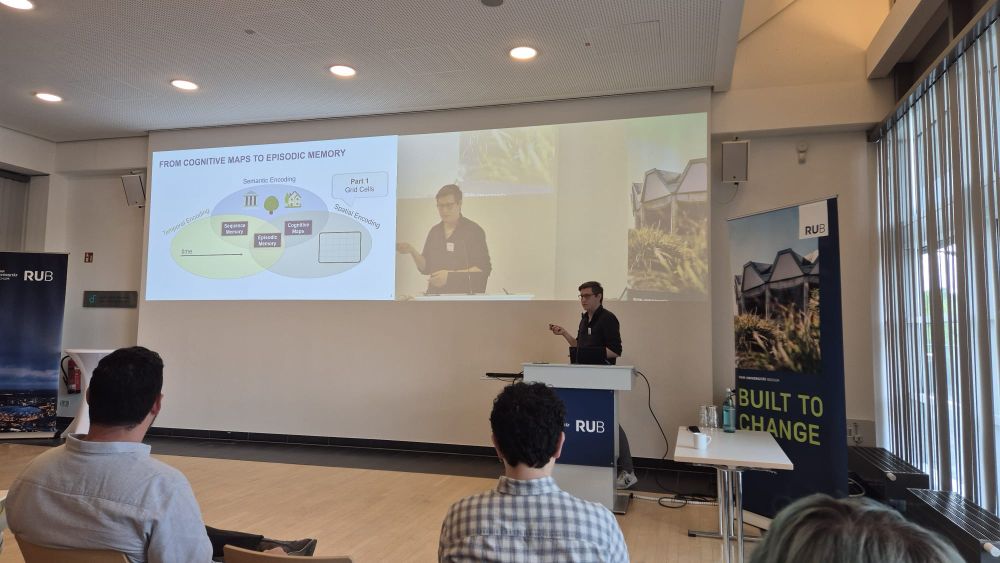
Very proud to have presented our work on modeling cognitive maps and episodic memory at the GEM conference today! @for2812.bsky.social
Check out our preprint to learn more about how you can bring together semantic and spatial information with our grid-cell-VSA model arxiv.org/abs/2503.08608
03.06.2025 17:44 — 👍 3 🔁 1 💬 0 📌 0
Very excited to get the opportunity to give a talk at GEM2025 on how we combine spatial and semantic information to form episodic memories. See you in beautiful Bochum :)
23.04.2025 10:05 — 👍 0 🔁 0 💬 0 📌 0

A Grid Cell-Inspired Structured Vector Algebra for Cognitive Maps
The entorhinal-hippocampal formation is the mammalian brain's navigation system, encoding both physical and abstract spaces via grid cells. This system is well-studied in neuroscience, and its efficie...
Very proud to announce the first paper for my PhD:
Grid Cell-Inspired Vector Algebra: Bridging the Brain's Navigation System with Symbolic Reasoning. Unifying spatial and symbolic computation!
Happy to be in Heidelberg next week, presenting this at NICE.
arxiv.org/abs/2503.08608
#NICE2025
20.03.2025 19:38 — 👍 5 🔁 0 💬 0 📌 0
Curious about mapping neuromodulators (dopamine, serotonin, etc.) to hypernetworks. The two concepts seem very related (synaptic modulations via neuromodulators and task dependent weight adaptation in hypernetworks). Any existing work in that area? Would love pointers to papers exploring #ml #neuro
06.03.2025 19:42 — 👍 0 🔁 0 💬 0 📌 0
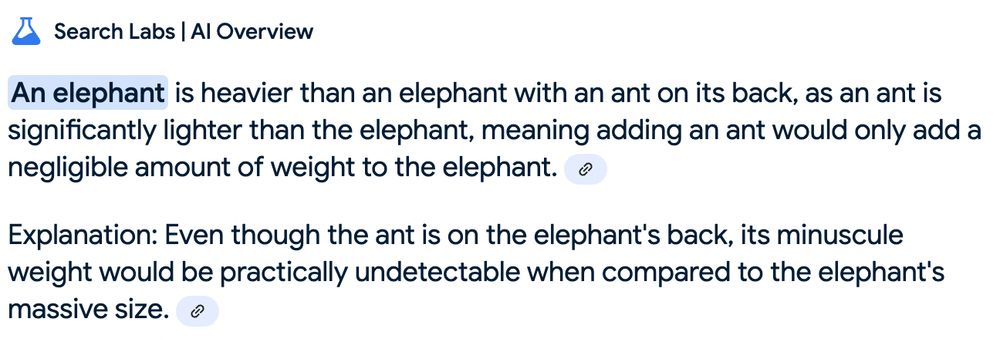
I was curious about the wonky AI overview results being delivered by Google search, so I looked at this a bit further.
"What is heavier: an elephant or an elephant with an ant on its back?"
17.01.2025 21:14 — 👍 112 🔁 22 💬 10 📌 10
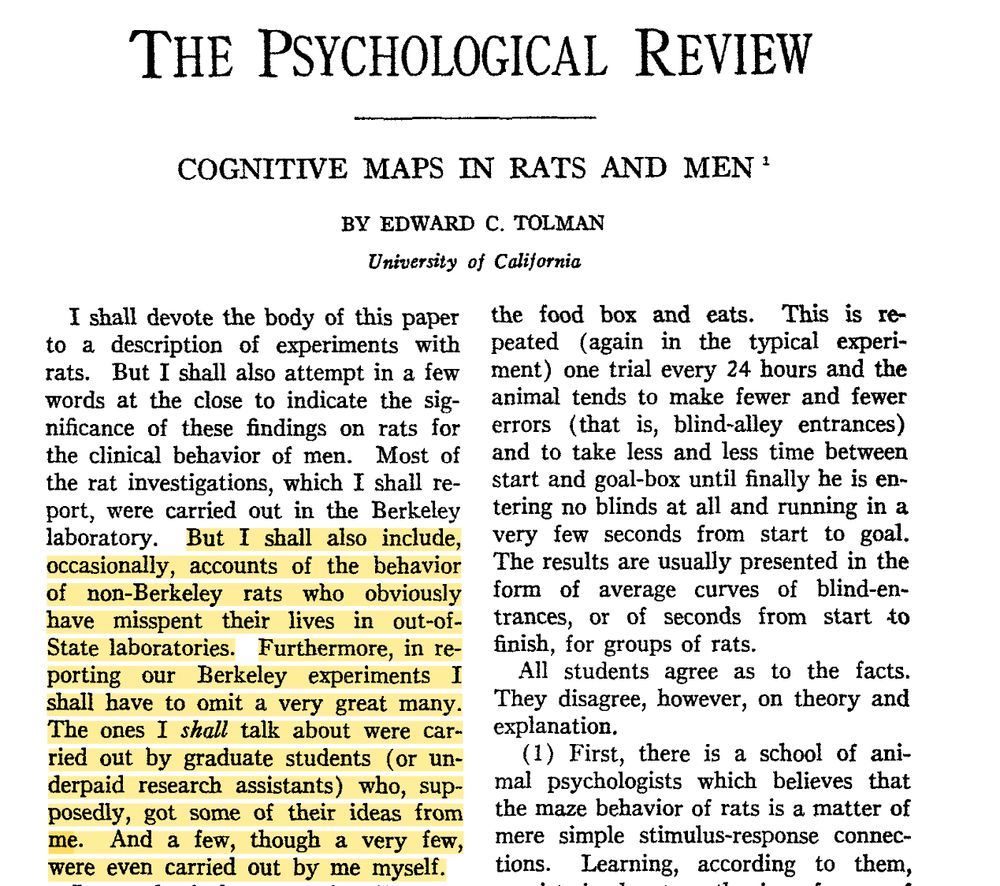
Screenshot of the introduction to the paper 'Cognitive maps in rats and men' by Edward Tolman. In this abstract, he mentions rats "misspending their lives" in non-US laboratories and his experiments being executed by Graduate students and underpaid research assistants. It reads rather ironically and whimsical for an introduction to a scientific paper.
Re-reading classic papers from the 1940s, I have to say... introductions were different back then
18.01.2025 10:03 — 👍 3 🔁 0 💬 0 📌 0
OK If we are moving to Bluesky I am rescuing my favourite ever twitter thread (Jan 2019).
The renamed:
Bluesky-sized history of neuroscience (biased by my interests)
01.12.2024 20:29 — 👍 605 🔁 203 💬 14 📌 14
The key point is that you don't wrap the whole room into a torus. It's not the length and width of the room that tells you the periodicity on your torus. Rather you have multiple Tori, say one that wraps every 3 meters and another that wraps every 5 meters and so on.
02.12.2024 13:03 — 👍 10 🔁 0 💬 1 📌 0
Why would they expect that? The periodicity is not defined by the width of the room and different grid cell modules have different periodicities (scales and orientations), therefore the whole population encoding is not at all periodic at the borders of the environment
02.12.2024 12:36 — 👍 3 🔁 0 💬 1 📌 0
I don't really see the prediction part. Isn't it pretty safe to assume that the real papers in the database are already in the training set for all of these LLMs? In that case it is more of a remembering task than a prediction, right?
02.12.2024 05:41 — 👍 1 🔁 0 💬 1 📌 0
Assistant Professor & Neuroscientist, University of Cambridge
https://www.keshavarzilab.com/
Principal Investigator at the Institute of Cognitive Neuroscience
UCL, Royal Sociey Dorothy Hudgkin Fellow
Associate prof & cognitive neurophysiologist at Dartmouth. www.vandermeerlab.org, https://scholar.google.com/citations?user=cGMeE7UAAAAJ&hl=en
Hi 👋 I'm a postdoc in the #Neuroimmunology and #Imaging group at the @dzne.science Bonn 🧪🔬 Passionate about #ComputationalNeuroscience 🧠💻 and #NeuralModeling 🧮
🌍 fabriziomusacchio.com
👨💻 github.com/FabrizioMusacchio
🐘 sigmoid.social/@pixeltracker
official Bluesky account (check username👆)
Bugs, feature requests, feedback: support@bsky.app
🧠 Cognitive Neuroscientist . Temporal cognition
Dir. https://brainthemind.com/
Co-Dir https://dim-cbrains.fr/fr/home
Assoc. Ed. https://direct.mit.edu/jocn
Views are mine
PhD student in the Moser lab @kavlintnu.bsky.social
#Neuroscientist at Kavli Institute for Systems #Neuroscience. Wannabe #Neuroethologist. he/him
www.brkanter.com
#Memory #Learning #Time #Space #Hibernation #Torpor #Sleep #Dynamics #Circuits #AnimalBehavior #Ethology #Ecology
Assistant professor at the Haifa University, interested in how Humans smell, breathe, remember and recall their world.
Editor in Chief of Nature, geneticist, editor, accidental potter. All views my own
PhD student in the Laboratory of Computational Neuroscience, EPFL, under the supervision of Wulfram Gerstner and Johanni Brea.
Main topics: curiosity and episodic memory.
I like brains 🧟♂️ 🧠
PhD student in computational neuroscience supervised by Wulfram Gerstner and Johanni Brea
https://flavio-martinelli.github.io/
Cognitive scientist and philosopher at York University, Canada.
i like comp sci, stats, & cog sci
vincentott.github.io
Context Lab (@contextlab.bsky.social) director, Dartmouth prof, memory & 🧠 network modeler, data scientist, dad x2, husband, tree hugger 🌲, & 🧁+🍪 baker
https://www.context-lab.com
Interested in learning, predictive processing, memory, and brain development. PI of the Lifespan Cognitive and Brain Development (LISCO) Lab at Goethe University Frankfurt, Germany
BUILT TO CHANGE. Unsere Haltung. Unsere Zukunft.
Willkommen auf dem offiziellen BlueSky-Profil der #RuhrUniBochum!
🗞️ RUB-News: https://news.rub.de/
📌 Impressum: http://rub.de/de/impressum
📌 Datenschutz: https://www.rub.de/de/datenschutz
PhD Student, Boston University Brain Behavior Cognition | he/they 🏳️🌈 | Human Curiosity, Exploration, & Information Seeking: Why do we seek out knowledge and when do we avoid it? | Formerly @MGHPsychiatry & @UMassLowell




